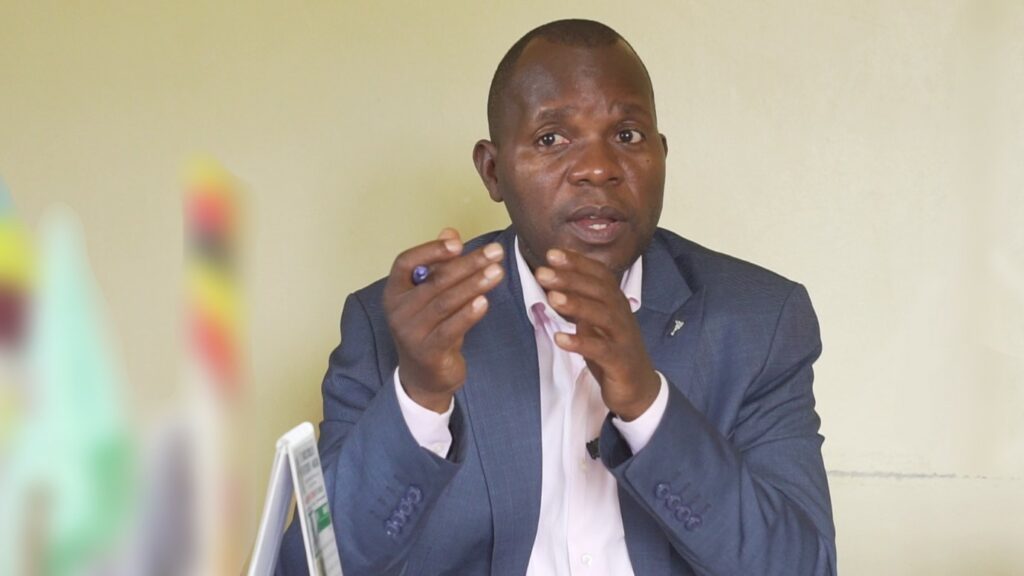
By Fred Echeku and Gilliane McShane for ReLAB-HS
In the district of Iganga, Uganda, a high prevalence of road traffic- and work-related injuries has contributed to a growing need for rehabilitation and assistive technology (AT) services. Situated along the route from Kenya to Uganda and serving as a pass-through for towns in Eastern Uganda to Kampala, Iganga is a high-traffic district, resulting in a high rate of road traffic injuries. According to the most recent available data, over one-third (35%) of injuries in the district were reported to be road traffic injuries.[1] Additionally, Iganga is located in the Busoga sub-region, which has a robust sugar manufacturing industry. It is among several districts with sugarcane processing and packaging factories, exposing factory workers to occupational risks. Given these factors, a significant number of individuals with road traffic- and factory-related injuries in the surrounding districts are taken to the Iganga District General Hospital, which has the busiest emergency department in the sub-region.
Despite the high need, the availability of rehabilitation and AT services in Iganga has been limited at primary care facilities, where services are needed most. With limited resources to invest in rehabilitation and AT, the Iganga district government has been challenged with prioritizing services at the primary care level. As a result, primary health care workers, who were ill-equipped in knowledge and skills and the necessary equipment and supplies, referred all clients with rehabilitation needs to the general hospital. Alternatively, they treated clients’ symptoms with prescription medicines, leading to worsening conditions.
Seeing an opportunity to fill a critical gap, Learning, Acting, and Building for Rehabilitation in Health Systems (ReLAB-HS) worked with local stakeholders to form a district-level technical working group (TWG) to strengthen and integrate rehabilitation and AT services within the local health system. The Iganga TWG is composed of health-related technical staff, district-level policymakers, rehabilitation professionals, representatives of service users, and private service providers. The TWG is designed to elicit a high level of engagement from relevant stakeholders and promote local ownership of interventions by leveraging their own resources to address identified needs.
A key member of this TWG, Dr. Patrick Kitimbo, the Iganga District Health Officer, used his role to advocate with the District Health Department to prioritize identified rehabilitation and AT needs in Iganga. As a result, the District Health Department allocated 1,000,000 Ugandan shillings (265 USD) in the 2024-2025 annual budget to strengthen rehabilitation services at the primary care level. The funds will be used to support coaching and mentorship of primary health care workers and community health workers by rehabilitation professionals. To facilitate this workforce-strengthening effort, ReLAB-HS is partnering with the Jinja Regional Referral Hospital and the Iganga District General Hospital to identify the rehabilitation professionals who will serve as trainers and mentors.
The investment of local resources in Iganga is an important initial step to strengthen the local health system’s capacity to provide quality rehabilitation services in response to the growing need. Additionally, it signifies that ReLAB-HS efforts to strengthen integration are gaining important traction in shaping health services. Integrating rehabilitation services into primary care bridges the gap between the community and essential services, which will enhance health outcomes.
Dr. Kitimbo celebrated this achievement but acknowledged that they are just at the beginning, stating, “We know this money is little, but we want to have a starting point. We will ensure it grows every year until we are able to optimally meet our needs.”
In the long term, the TWG members envision the placement of a rehabilitation professional at primary care facilities closer to communities—referred to as Health Centers III and IV—enhancing access to services. Motivated by this new investment, the TWG is committed to ongoing advocacy to increase funding annually to realize this important and achievable goal.
[1] P. G. Delaney, Z. J. Eisner, and R. Bamuleke, “Comparing Ugandan Motorcycle Taxi Driver Estimations of Injury Incidence to District-Level Injury Surveillance Data as a Proxy to Determine Factors Influencing Risk Perception,” The Pan African Medical Journal 41 (2022): 177, https://doi.org/10.11604/pamj.2022.41.177.29363.